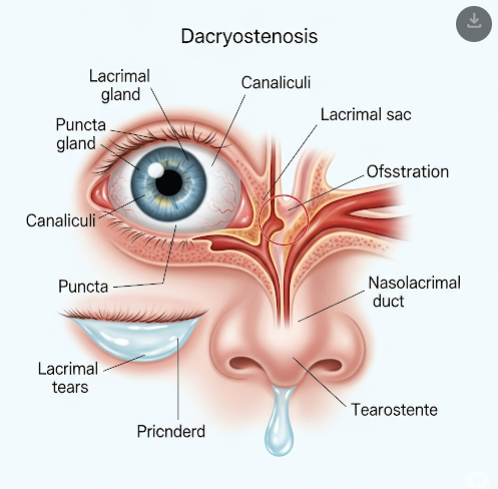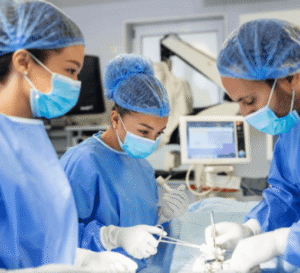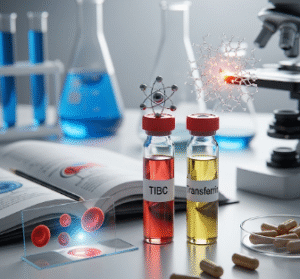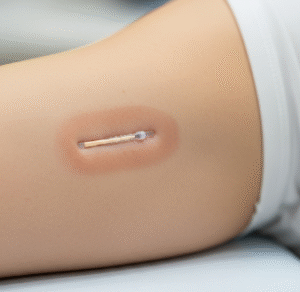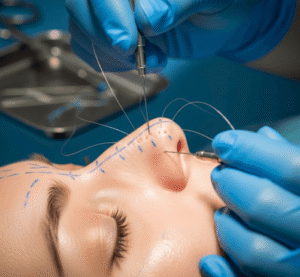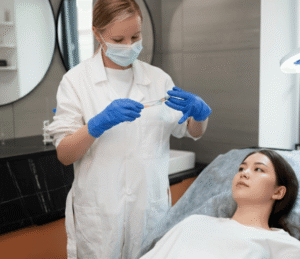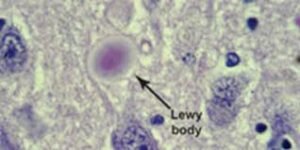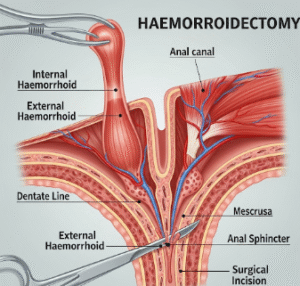Overview
Tear duct blockage, also known as nasolacrimal duct obstruction, is a condition where the tear drainage system becomes partially or completely blocked. This blockage prevents tears from draining normally from the eyes into the nose, leading to excessive tearing, eye irritation, and increased risk of infection. Tear duct blockage is common in newborns but can also affect adults due to various causes. In Korea, patients benefit from advanced ophthalmology services offering accurate diagnosis and effective treatments, including minimally invasive procedures to restore tear flow.
What is Tear Duct Blockage?
The tear duct system consists of tiny channels that drain tears from the surface of the eye into the nasal cavity. When these ducts become obstructed, tears accumulate on the eye surface, causing symptoms such as watery eyes and discharge. Blockage can occur at any point along the drainage system, but most commonly affects the nasolacrimal duct, the final passage into the nose. Tear duct blockage may be congenital or acquired later in life due to inflammation, injury, or aging.
Symptoms
Common symptoms of tear duct blockage include:
- Excessive tearing (epiphora) that overflows onto the face
- Recurrent eye infections or inflammation (dacryocystitis)
- Mucous or pus discharge from the eye
- Swelling or tenderness near the inner corner of the eye or side of the nose
- Blurred vision caused by excessive tears
- Crusting of eyelashes, especially after sleep
Causes
Tear duct blockage can result from various factors:
- Congenital: Many infants are born with narrow or blocked tear ducts that often resolve naturally within the first year.
- Infections: Chronic or recurrent eye infections causing inflammation and scarring of the ducts.
- Injury or trauma: Facial injuries damaging the tear drainage system.
- Aging: Narrowing of the ducts due to tissue degeneration.
- Nasal or sinus diseases: Tumors, polyps, or chronic sinusitis causing external compression of the ducts.
- Inflammatory diseases: Conditions such as sarcoidosis or Wegener’s granulomatosis.
- Medications or radiation therapy affecting the lacrimal drainage system.
Risk Factors
- Infants with congenital nasolacrimal duct obstruction
- Older adults due to natural tissue changes
- History of facial trauma or surgery
- Chronic sinus or nasal conditions
- Eye infections or inflammations
- Certain autoimmune or inflammatory diseases
Complications
Untreated tear duct blockage can cause:
- Repeated eye infections leading to discomfort and vision problems
- Formation of dacryocystocele (cystic swelling of the lacrimal sac)
- Chronic inflammation and scarring of the tear drainage system
- Spread of infection to adjacent tissues
- Persistent discomfort affecting quality of life
Prevention
While congenital cases cannot be prevented, the following measures help reduce acquired tear duct blockage:
- Prompt treatment of eye infections
- Protecting eyes from trauma and injury
- Managing chronic nasal or sinus conditions effectively
- Avoiding irritants that cause inflammation around the eyes
- Regular eye check-ups, especially after facial trauma or surgery
Treatment Options in Korea
Korea offers comprehensive care for tear duct blockage through expert ophthalmologists and state-of-the-art facilities:
Diagnosis
- Physical examination of the eyes and tear drainage system
- Dye disappearance test and irrigation tests to confirm blockage
- Imaging studies like dacryocystography or CT scans for detailed evaluation
Conservative Treatment
- Warm compresses and gentle massage over the lacrimal sac area, especially in infants
- Antibiotic eye drops or oral antibiotics if infection is present
Procedural Treatments
- Probing and irrigation: A minimally invasive procedure to open blocked ducts, often used in infants and some adults
- Balloon dacryoplasty: Inflation of a tiny balloon inside the duct to widen it
- Silicone tube intubation: Insertion of a small tube to keep the duct open temporarily
Surgical Treatment
- Dacryocystorhinostomy (DCR): The most common surgery creating a new passageway for tears from the lacrimal sac into the nose, bypassing the blockage
- DCR can be performed via an external incision or endoscopically through the nasal cavity, with the latter being more common in Korea due to faster recovery and less scarring
Post-Treatment Care
- Follow-up visits to monitor healing and tube removal if placed
- Eye hygiene education to prevent infections
- Management of underlying nasal or sinus diseases if contributing
Top Hospitals for Tear Duct Blockage Treatment in Korea
- Seoul National University Hospital
- Asan Medical Center
- Samsung Medical Center
- Yonsei Severance Hospital

